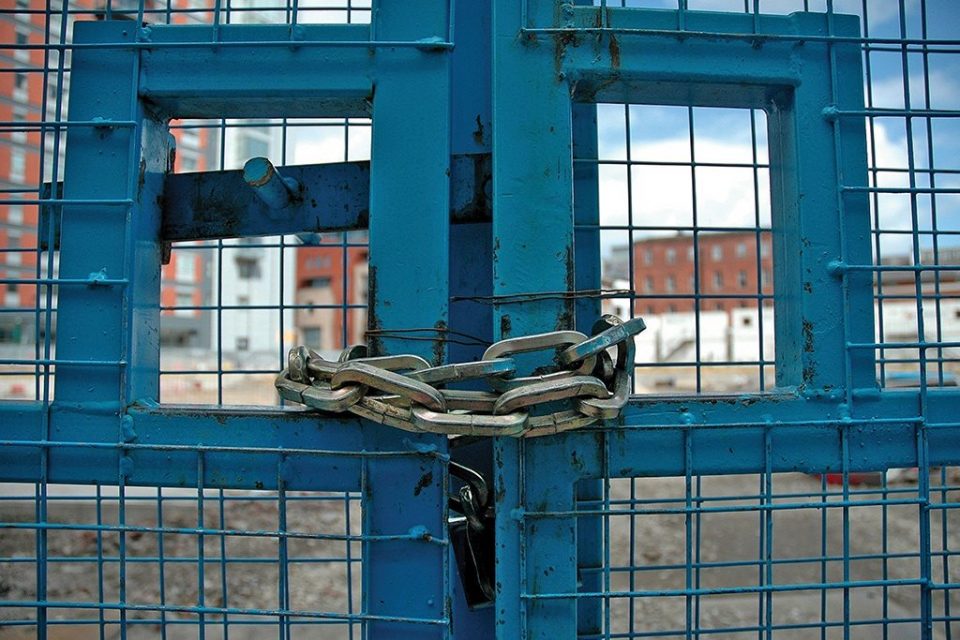One in eight construction firms have low or no confidence that they will survive until the end of April.
Analysts have cited a lack of new jobs, price rises for materials, labour shortages and lower productivity due to social distancing as contributing factors to the pessimistic view, which was revealed in a new Office for National Statistics (ONS) survey of 3,568 construction firms.
The response to the question “how much confidence does your business have that it will survive the next three months?” has steadily worsened in recent weeks. When firms were asked the same question in the two weeks to 23 December, only one in 12 reported low or no confidence. By 10 January this had grown to one in nine and, two weeks later, on 24 January, it was one in eight.
Declining confidence was mirrored across the wider economy. The proportion of firms in all sectors reporting low or no confidence of survival grew from one in nine on 23 December to one in seven by 24 January.
DRS Bond Management director Chris Davies said construction SMEs are most at risk in the current market, where new jobs are scarce in some areas. “There is a distinct lack of confidence, particularly in the SME sector,” he said. “Unlike those [large firms] who maybe have good forward-order books, particularly with public sector work and infrastructure, I think your standard building and construction business is going to face a challenge.”
Weak demand is leading to firms bidding at break-even or even loss-making prices in order to secure new work and keep cash coming into the business, Davies warned. “It’s not a good time to be needing to win work,” he said.
Contractors are also facing growing pressures on jobs they are currently on. Davies cited steel, which he said has risen in price from around £650 a tonne to £1,000 a tonne, and the cost of labour, which is rising partly due to a drop in the number of migrant workers. “You put those two big input costs together with people having to routinely negatively tender now to try and win work that’s just going to cash-flow their business, and I can see why confidence is low,” he said.
RSM Restructuring Advisory partner Gareth Harris said in addition to inflation pressure, firms were also being hit with payment delays and lower productivity on site due to social distancing. “All of these, including a drop in the EU work pool, and the general economic outlook are likely to lead construction companies to remain in the headlines,” he said.
Recruitment professionals have recently told Construction News that labour rates could rise by 10 per cent in the coming months, partly due to the drop in migrant workers. The Builders Merchants Federation also warned that high demand and import delays are causing material shortages, especially for roofing products and timber supplies.
Davies said the first half of 2021 was likely to remain difficult for firms as the lockdown continues and the economy takes time to reopen. He warned that insolvencies could rise as the year goes on: “I think we have to start seeing the end of a lot of zombie companies that have been propped up by government-lending through the banks and by furlough.”
Construction company insolvencies dropped to their lowest level for at least a decade in 2020, data released on Friday revealed. Last year, 2,045 companies collapsed according to the government’s Insolvency Service, this was 20 per cent lower than the previous decade-low of 2,457 failures in 2015.
The second half of the year should deliver a better trading environment, Davies added. RSM’s Harris echoed this: “There ought to be a brighter period ahead as the economy opens up again particularly in the private housing repair and maintenance, infrastructure and residential sectors – as it is often said: construction is first in and first out of any recession.”


